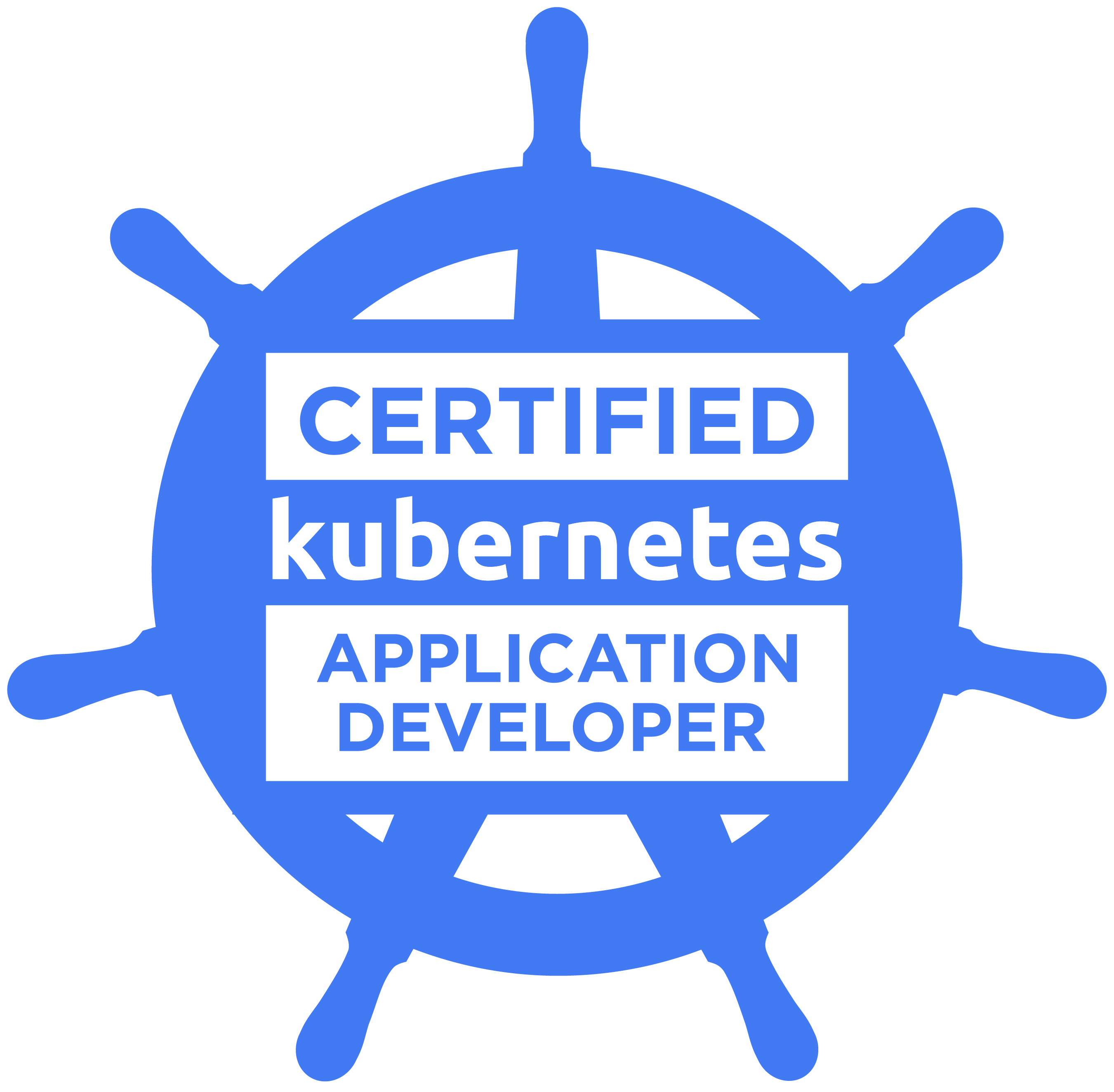Posts tagged php
PHP-FPM + OPcache + Nginx + Capistrano stable deploy
2Capistrano is great for deploying web applications. But the “current” symlink construction causes issues with PHP-FPM and OPcache enabled. PHP-FPM will display old pages after deployment or PHP-FPM just hangs. The hanging / freeze will result in your browser loading for minutes but you will just see a white screen.
To fix this, use $realpath_root instead of $document_root and set the SCRIPT_FILENAME in Nginx to pass to PHP-FPM.
fastcgi_param SCRIPT_FILENAME $realpath_root$fastcgi_script_name; fastcgi_param DOCUMENT_ROOT $realpath_root;
This will pass the actual path “releases/20150208145800″ to PHP-FPM instead of “current” that is switched to the new release directory. OPcache can’t detect More >
Solr automatic core update as deployment step
2
For my projects I use the awesome tool Capistrano for deployment. In a project that uses Solr, I want to update the Solr core as a deployment step if the Solr configuration of that core is changed. After the reload of the configuration I want to do a full import with the Solr Data Import Handler.
If you have a large import then this can take a while. But it is possible to do this without any downtime! The trick is to work with two cores. A “live” core and a “on deck” core. The More >

PHP Xdebug + Netbeans + Vagrant
7Xdebug is a very nice extension for PHP. It makes step by step debugging possible in your IDE. For most people it’s easy to install Xdebug and start debugging their web application on localhost with some IDE, for example Netbeans. Because after installation of Xdebug, it just works. A lot of this tutorial works almost the same for PhpStorm.
But getting Xdebug remote to work if your website runs on a virtual machine / Vagrant box, it’s a bit trickier and requires a bit more configuration.
First let me explain how the Xdebug More >






